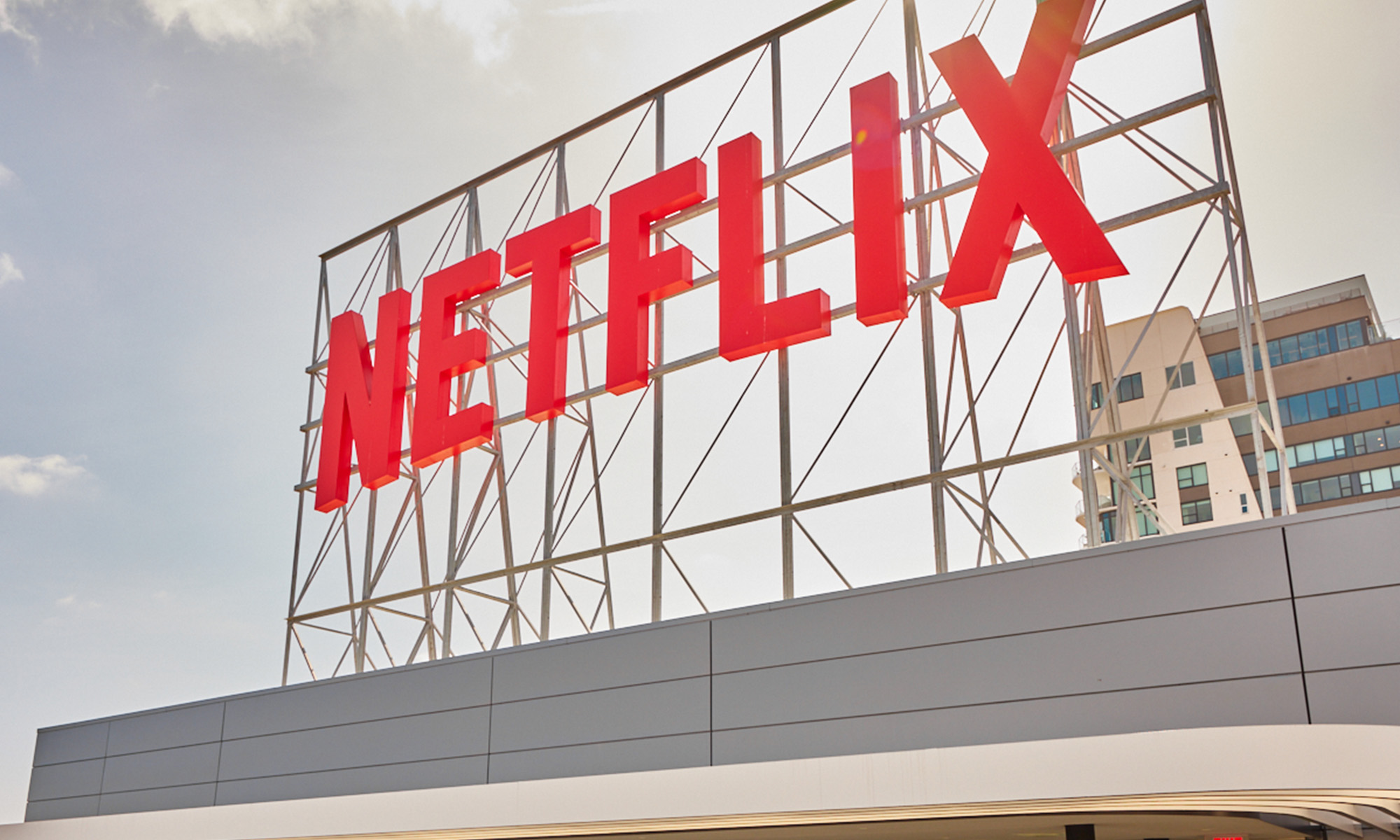Streaming giant Netflix (NFLX +0.12%) took quite a tumble after its recent third-quarter 2025 earnings report.
The primary culprit? The company whiffed badly on its profit margins, coming in at an operating margin of 28%, well below its previously communicated 31.5% guidance. The stock had already gained 60% over the past year before earnings, so the sell-off on such a jarring miss probably shouldn't surprise anyone.
Of course, the more important question now is what investors should do next.
Nobody likes to see a top growth stock like Netflix tumble, but here is why I remain bullish on the company moving forward.
The difference between noise and signal
Pick any stock, and you'll see its share price go up and down numerous times over the years. Oftentimes, the key to navigating volatility is to understand the difference between noise and signal and differentiate between the two.
You could think of noise as low-impact events, or temporary setbacks that don't reflect on a company's long-term prospects. On the other hand, signals are meaningful developments that are important enough to alter how you view a company moving forward.
So, why did Netflix's operating margin fall so short of its own expectations?
Management explained in its third-quarter shareholder letter that it took a one-time $619 million tax expense, resulting from a dispute with Brazilian tax authorities that it hadn't factored into previous forecasts. The two most crucial takeaways here are:
- Absent the charge, Netflix's operating margin would have exceeded guidance.
- The company doesn't foresee any additional impact on its business from this matter.
Sure, it stinks that Netflix had to take that financial hit, but the driving point here is that it's a one-time thing. Since it doesn't have anything to do with Netflix's ability to attract and retain streaming users, it seems more like noise than something worth worrying much over.

NASDAQ: NFLX
Key Data Points
Netflix continues to have a bright future
On the contrary, Netflix can continue growing as arguably the world's leading streaming service.
Focusing on the long term allows an investor to zoom out and focus on the things that genuinely matter most to a company's success 10 years from now. In Netflix's case, there are several levers it can pull to continue expanding and monetizing its subscriber base.
More specifically, Netflix estimates that linear television (traditional satellite or cable) still holds approximately 42.3% of total TV viewership in the United States. That has fallen from 57.4% a few years ago, but it still has a long way to fall. Many consumers still spend time watching linear TV for live content, especially sports, something Netflix is already leaning into with National Football League games and others.
Netflix has generated nearly $9 billion in free cash flow over the past four quarters alone -- it didn't even consistently generate cash flow until a few years ago. As Netflix's cash flow piles up while revenue continues to grow faster than its expenses, look for management to invest further into new content opportunities to continue taking eyeballs away from linear TV.
Beyond that, Netflix is getting creative with its membership options to capture other aspects of the streaming market. For instance, it has seen success with ad-supported memberships, giving cost-conscious subscribers some relief, while simultaneously entering the advertising market and the dollars it entails.
This could be a dip to consider buying
These are the things that matter, and they point to a strong business with room to grow. Revenue growth remains strong, with Netflix reporting 17% year-over-year growth in the third quarter. Netflix's profit margins have also improved over time as the company expands its subscriber base.
That is a lucrative combination, and is perhaps why Wall Street analysts anticipate Netflix growing its earnings by an average of nearly 23% annually over the next three to five years.
I'll admit, Netflix isn't a cheap stock by most standards. It still trades at a forward P/E ratio of about 43, even after its recent tumble. But if Netflix can manage to meet those lofty growth expectations, the stock has a good shot at working out well for investors over a multiyear holding period.
The buy-the-dip mantra can backfire if you buy the wrong stocks. Fortunately, Netflix continues to show all the signs of a world-class business, and one that is still growing at a swift pace. Consider this recent dip a fabulous buying opportunity for those patient enough to hold the stock for at least the next few years.





